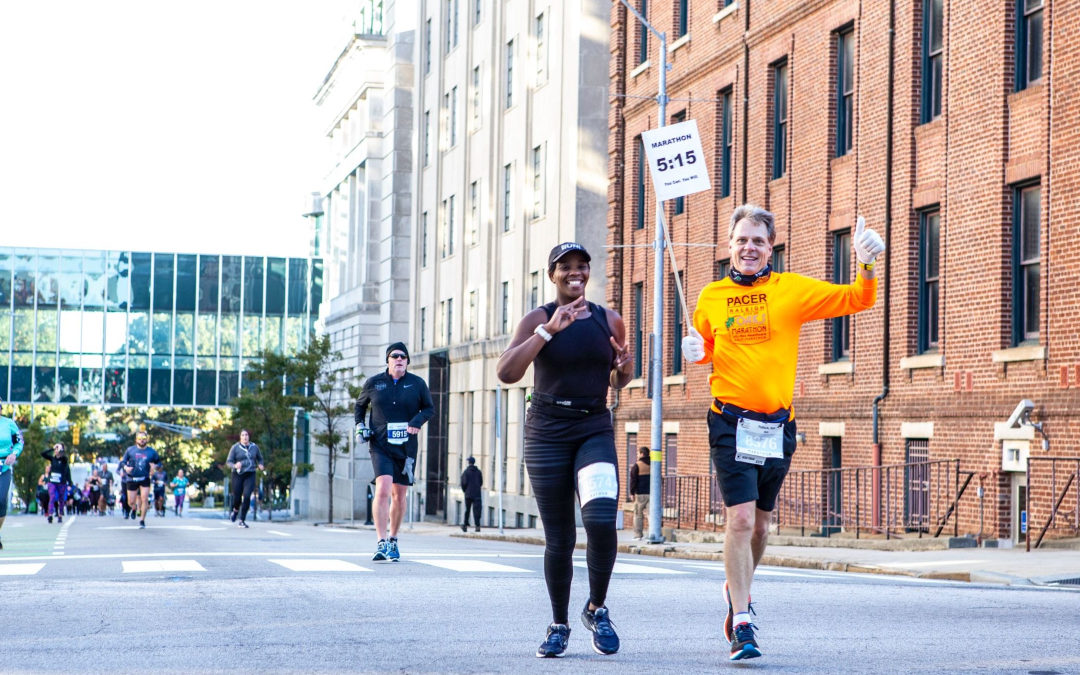The Klotho protein has long been a target of scientists looking to combat the effects of aging. A recent research study suggested that aerobic exercise stimulates the production of Klotho protein while also reducing the production of reactive oxygen species in the brain and kidney.
Reactive oxygen species are dangerous because they produce free radicals. These free radicals are free to bind to a variety of tissues throughout the body, causing inflammation and damage. Therefore, medical researchers have been trying to find ways to reduce the production of reactive oxygen species to protect tissues from damage.
Researchers believe that aerobic activity stimulates the production of the Klotho protein by upregulating the gene. When a gene is unregulated, the body transcribes and translates the genetic code at a higher rate, increasing the proportion of that protein throughout the body.
When the Klotho protein is unregulated, this could be a physiologically safe method to reduce the chances of someone developing age-related diseases. Up until this point, many people who are looking to combat or reverse the signs of aging might be asked to take prescription medications or undergo certain procedures. Based on the results of this study, this might no longer be the case. Instead, people might be able to exercise and increase the production of the Klotho protein, creating a natural way to slow or prevent the impacts of aging, in particular the damage that aging might cause to the body’s tissues.
Furthermore, the results of this study also back up the results of previous studies, showing that the survival time of rats is longer if they engage in regular aerobic exercise. Rats that engaged in aerobic exercise longer also showed upregulation of Klotho in the brain and kidney tissues, indicating that Klotho protein could play a significant role in the increased longevity of the experimental group.
Even though it remains to be seen whether the Klotho protein is the direct cause of the reduced production of reactive oxygen species, the research study shows that this could be a novel approach for slowing the development of aging and reducing the prevalence of diseases related to aging. Future studies will more closely examine the relationship between the Klotho and reactive oxygen species, possibly figuring out how much aerobic exercise is required to trigger the upregulation of the Klotho protein and its potential effects.

